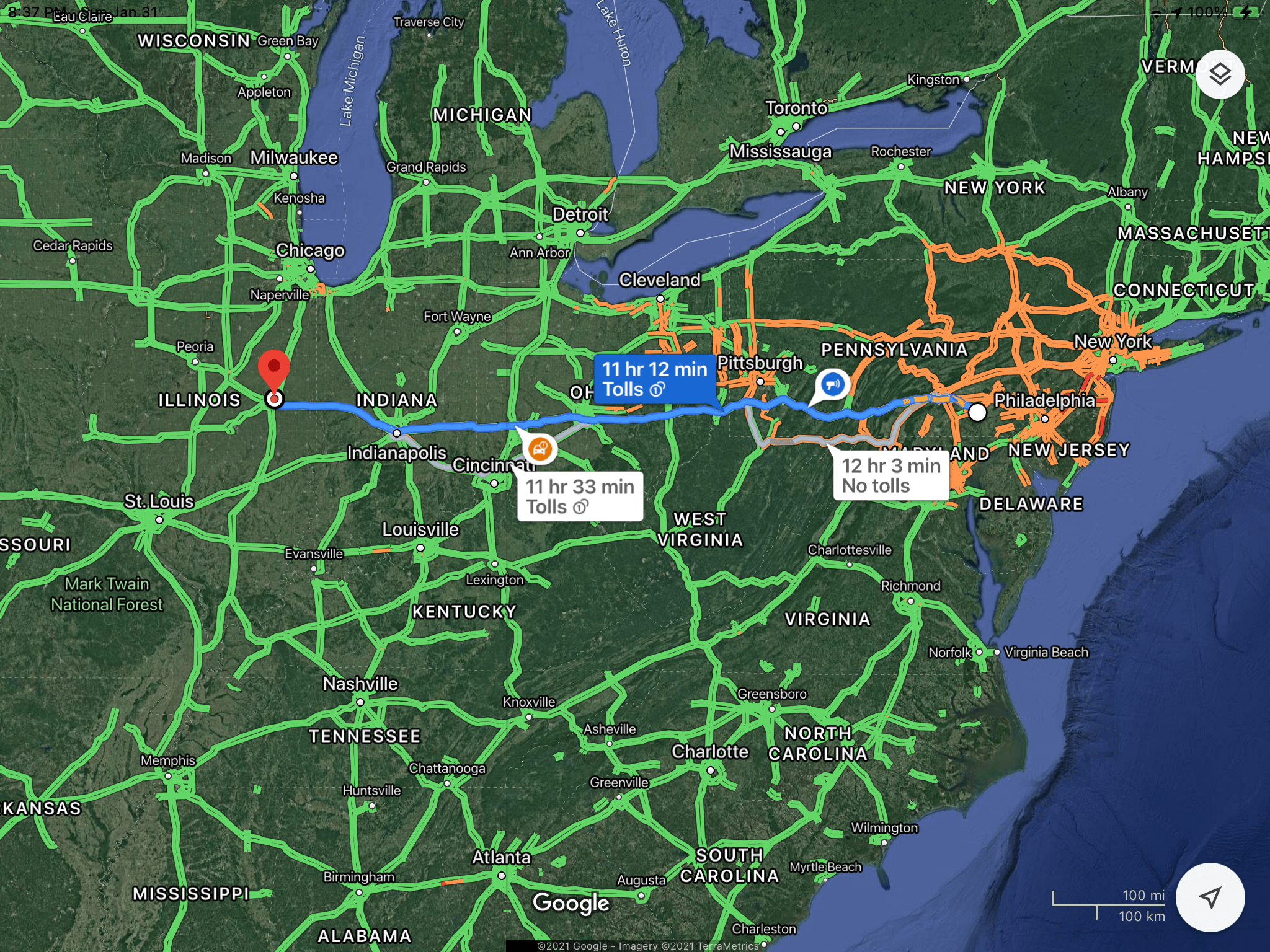Have you ever stopped and wondered the path your pioneering ancestors took when they moved westward? Do you ever wonder if you could follow that path? First and foremost, the people moving to new areas would have tried to take the path of least resistance. Many utilized rivers, either with riverboats or paths along the rivers. But unfortunately there are not rivers always in the most convenient places. Overland travel also took the easiest ways through valleys, mountain passes and just straight over the flatlands and prairies.
The earliest settlers settled along the New England rivers, like the Connecticut, Merrimack and Penobscot
When studying migration patterns through the history of this country (United States), you see the earliest settlers settled along the New England rivers, like the Connecticut, Merrimack and Penobscot. Later, those who settled northern Vermont and New Hampshire came from Connecticut and Massachusetts and traveled along the Connecticut River. On the eastern seaboard the Hudson, Potomac, Susquehanna rivers to name a few, were the guiding highways. As people went further westward, the Mississippi, Ohio and Missouri rivers were used.
Rivers served as highways
Yet, when rivers were not easy to utilize and it became necessary to go overland, once again the pioneers made routes through valleys such as the Cumberland Gap and the Wilderness Road which were easier for wagons and the horse or oxen that pulled them. Sometimes rivers and overland combinations were used. These trails were blazed and used by many for years to come. Did you know you can still see the wagon wheel ruts from the Oregon Trail in Wyoming?
Then, in the mid 19th century, railroads were built. Many followed along the routes that the earlier pioneers had made, because trains needed flat ground. This made travel easier and quicker. Then almost 100 years later in 1950, the interstate highway system was built. Once again most of these followed along or very close to the same paths people walked and took wagons to their new homes.
Trails followed rivers, railroads followed trails, interstates followed railroads.
Why is this little bit of history important? I have always wanted to know what path my ancestors may have taken on their way from Pennsylvania to Illinois. There is a good chance your ancestors as well as mine traveled down or close to what is now an interstate. So get out your handy dandy map and see if there is a major highway between the places they lived. You may be able to even find places where you could look for records on your ancestors. I just really want to drive down the highway and imagine what those long ago saw. My bet, in my case, farmland.
If you need any help finding your ancestors, just let us know.


